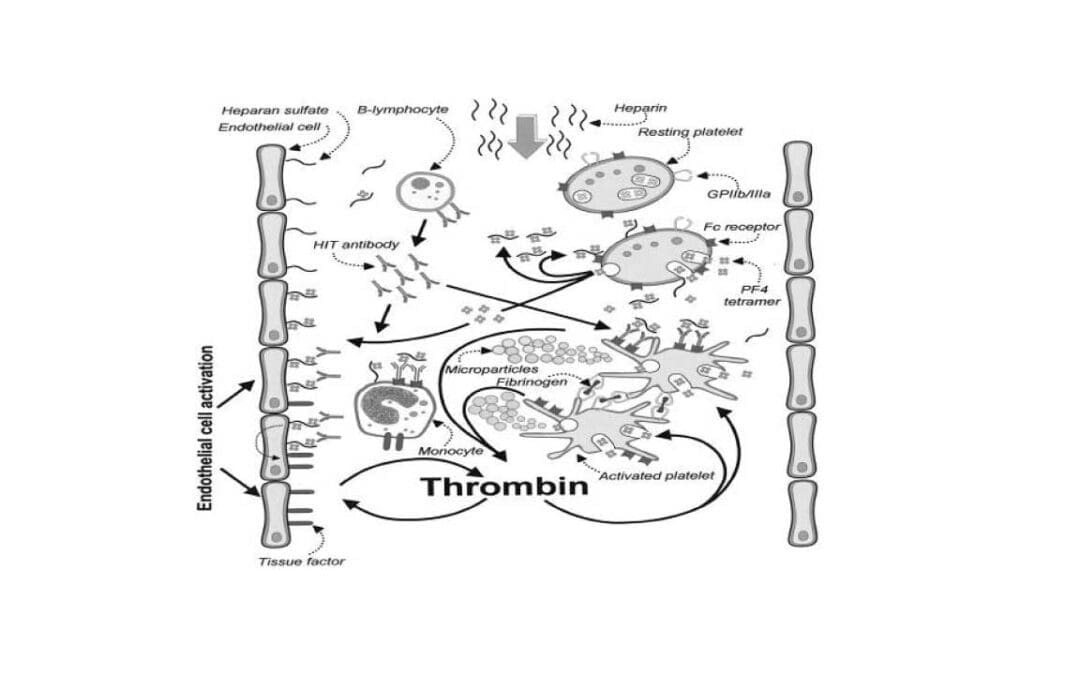
by MH Team | Feb 28, 2025 | Tests, Transfusion Medicine
Your blood type, determined by the presence or absence of specific antigens on red blood cells (ABO and Rh systems), is crucial for safe blood transfusions and can reveal insights into your health and genetic heritage. You can discover your blood type through various...

by MH Team | Feb 22, 2025 | Platelet Disorders
TL;DR Heparin-induced thrombocytopenia is an immune-mediated reaction to heparin that causes thrombocytopenia and an increased risk of thrombosis. Types ▾: Type I: Non-immune, transient, mild thrombocytopenia. Type II: Immune-mediated, potentially serious,...

by MH Team | Feb 19, 2025 | Platelet Disorders
TL;DR Thrombophilia is an abnormal predisposition to thrombosis (blood clotting) due to abnormalities in the coagulation system. Inherited Causes ▾: Factor V Leiden, Prothrombin gene mutation, deficiencies of Antithrombin, Protein C, or Protein S. Acquired...

by MH Team | Feb 15, 2025 | Platelet Disorders
TL;DR Catastrophic Antiphospholipid Syndrome (CAPS) is a rare but life-threatening variant of Antiphospholipid Syndrome (APS). It’s thought to arise from a combination of existing APS (aPL), a precipitating event (like infection or surgery), and an amplifying...

by MH Team | Feb 6, 2025 | Platelet Disorders
TL;DR Antiphospholipid syndrome is an autoimmune disorder where the body’s immune system mistakenly attacks its own cells, specifically phospholipids, which are important for blood clotting. This can lead to blood clots and pregnancy problems. Types...







Recent Comments